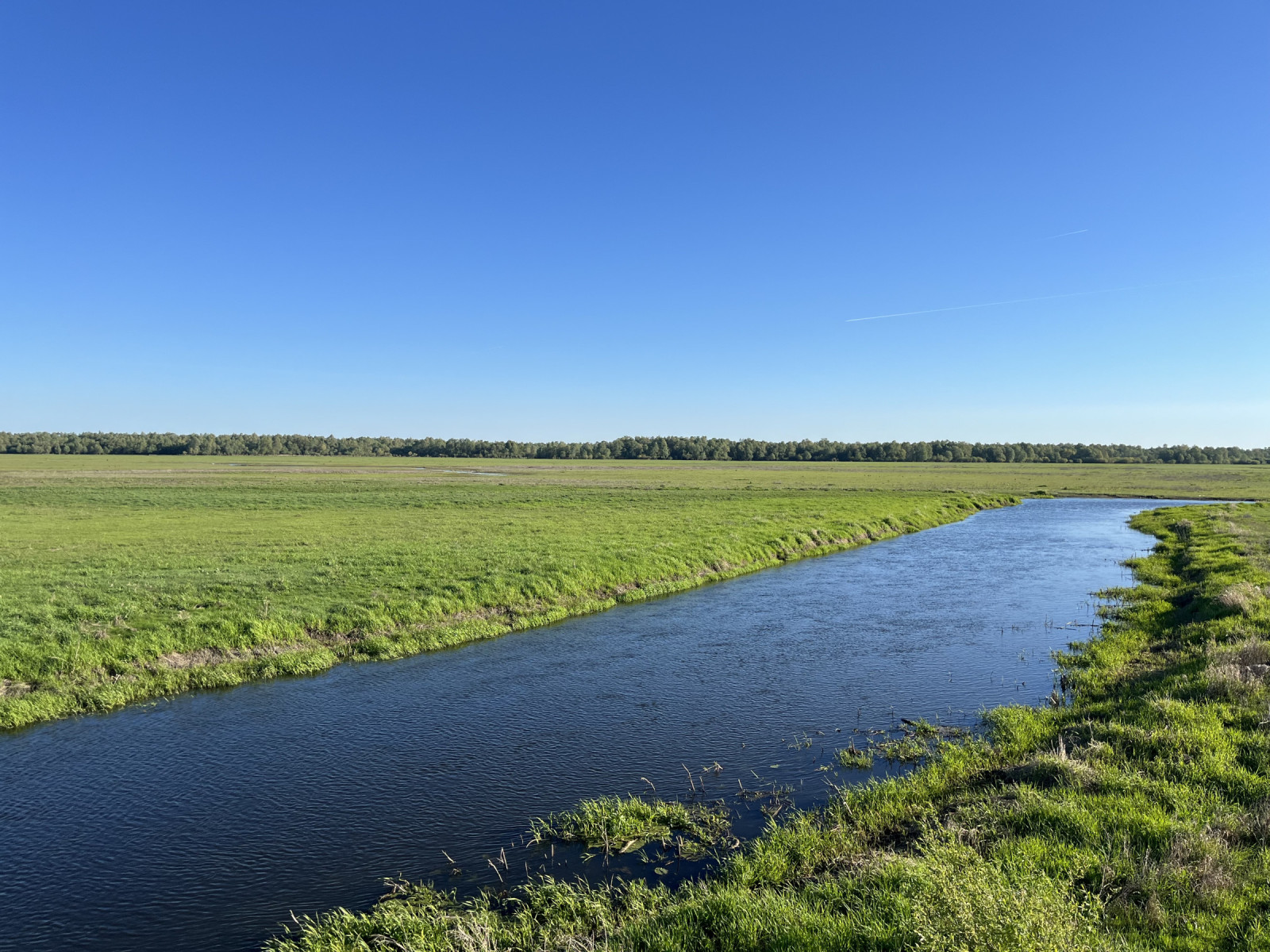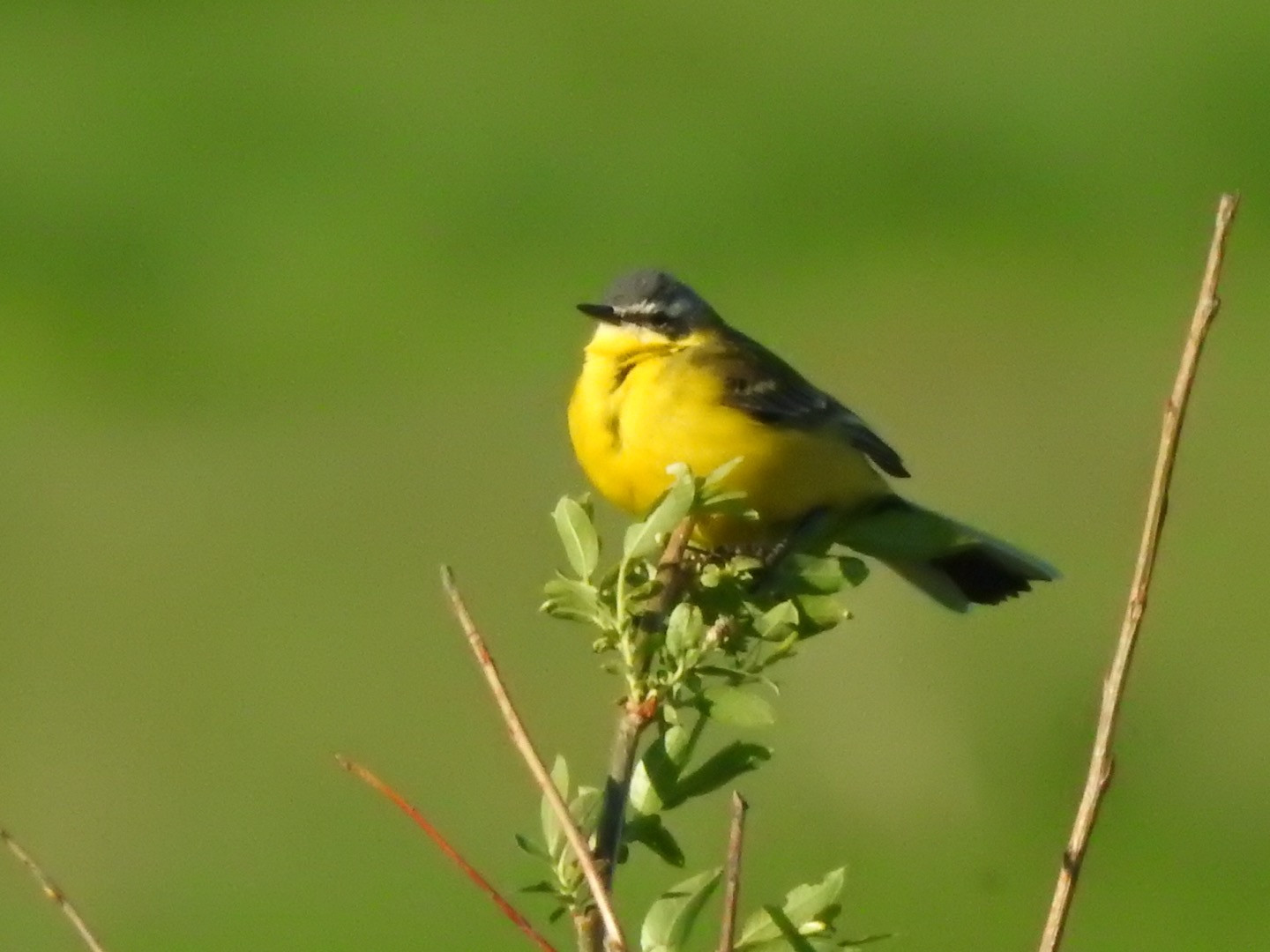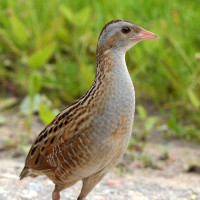Beschreibung
Park Narodowy Ujście Warty ("Estuary of the Warta") or Warta Mouth National Park is a national park of 80.38 square kilometers in size near the Polish-German border. The landscape consists of the estuary of the Warta, lowlands and marshes. The park is home to 245 bird species. The area around Słonsk is one of the most important wetlands in Europe, stretching over several thousand hectares and accumulating hundreds of thousands of birds during the migration season. Guarantee to spot Seeadler and Kranich. This area is a typical wetland, with polders, dykes and canals. Typical area for water fowl and many others birds like Uferschnepfe, Wachtelkönig, Rohrdommel and Trauerseeschwalbe.
Details
Zugang
Slonsk is a small village located in the Warta Valley adjacent to the recently established Warta Mouth National Park and landscape park of the same name. Slonsk is a good place to start your trip. Rent a bike, or make walks in the area. On the map we have shown just one walk (2 km one way), but there are many trails in the area. For instance the 7 km Greylag Goose Trail (walk) or the 21 km Corncrake Trail (bike) that both start in Slonsk. Maps and information can be obtained at Stacja Pomp 2. For more trails and info see the weblinks below.






